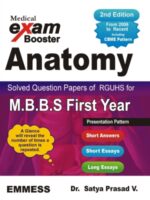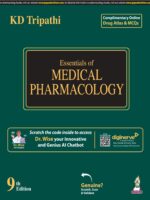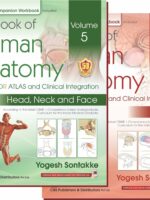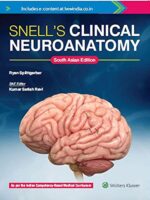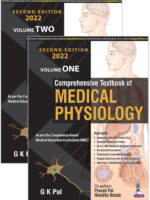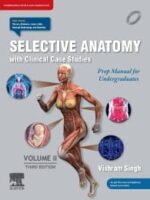| Section 1 deals with ovarian stimulation strategies, which include sub-divisions of each oral drug used for ovarian stimulation, tamoxifen, and aromatase inhibitors. Different types of gonadotropins are discussed. Three chapters are devoted to poor responders from different angles. The use of GnRH analogs and all other adjuncts to ovarian stimulation are included. The management of difficult and complex cases is discussed. Individualization of ovarian stimulation protocols and the ovarian hyperstimulation syndrome and its prevention are emphasized upon. Surgical procedures to promote ovulation are discussed separately.
Section 2 is devoted solely to polycystic ovary syndrome and its genetics and consequences.
Section 3 is devoted to details of different ART procedures, starting with oocyte collection upto embryo transfer including single embryo transfer and blastocyst transfer.
Section 4 is devoted to laboratory issues, starting with all the aspects related to the semen analysis, embryo screening, non-invasive and invasive procedures. The quality of the laboratory and its significance is well documented. The laboratory procedures are critically analyzed.
There is an interesting Section 5 on ‘Contemporary Thoughts’ that explores the improvement in IVF outcome, endometrium and infertility, ART in elderly women, HIV and ART, outcome of IVF/intracytoplasmic sperm injection (ICSI) babies as well as ovarian torsion prevention.
Section 9 is devoted to the use of laparoscopy, hysteroscopy, fertiloscopy and hysterosalpingography in the management of infertility. A short Section 10 on ultrasound and ART is also included. Section 11 discusses all the aspects of male infertility, which cover the hormone substitution theory, methods of sperm retrieval in azoospermia, and Y-chromosome microdeletions and infertility. Preimplantation genetic diagnosis and screening are discussed in depth in Section 12.
The last Section 13 includes the significance of validating IVF technology, how to support the couple psychologically and, additionally, the legal and ethical issues that revolve around ART.
In conclusion, this is a comprehensive book, that addresses the most pressing problems of ART and infertility. It updates the reader with all sorts of technology used in this field, and attempts to offer pragmatic and cost-effective solutions, which can be employed directly into clinical practice, while minimizing complications. It offers an insight into the varieties of hormone stimulation protocols used for ART procedures. All possible complications and their prevention are also discussed in detail. The value of mild stimulation protocols, specifically in conjunction with the latest cryopreservation techniques, is explored. |

